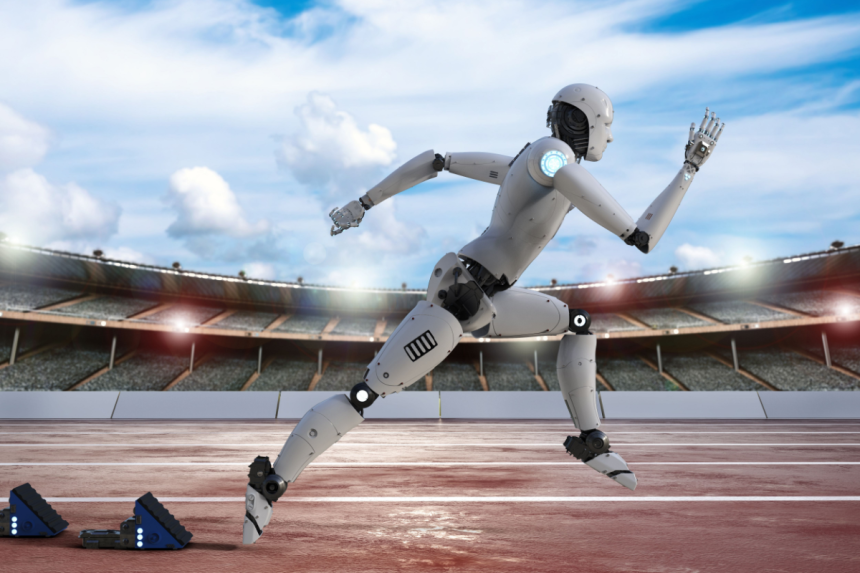The inaugural World Humanoid Robot Olympics concluded in Beijing, China, showcasing the latest advances in robotics across athletics, gymnastics, boxing, music, and more. Among the standout performers was the H1 humanoid robot, developed by Chinese firm Unitree Robotics. The H1 helped secure four gold medals, three silver, and four bronze for its team, proving its capabilities in a range of track events against more than 280 teams from 16 countries.
Track Event Achievements
The H1 delivered strong performances in the 1,500 meters, 400 meters, 100 meters obstacle, and the 4×100 meters relay. Its first gold medal came in the 1,500 meters, which it completed in just over 6 minutes and 34 seconds—well behind human world records, but a significant milestone for humanoid robotics. Reaching a top speed of 4.78 meters per second, the robot’s running style closely mirrored that of human athletes, maintaining balance and synchronization throughout.
Showcasing Robotic Potential
While many robots struggled during the contests—often stumbling but managing to recover—the H1 demonstrated consistency and adaptability. The competition highlighted how far humanoid robotics has progressed in recent years, with capabilities that developers aim to apply to everyday life, from home assistance to workplace tasks. Videos shared online showed a mix of entertainment and cutting-edge engineering, drawing global attention to the event.
Unitree’s Growing Robotics Lineup
Unitree Robotics, founded in 2016, described the H1’s success as a “meaningful” milestone. CEO Wang Xingxing emphasized the significance of the achievement as part of the company’s broader development of humanoid robots. Beyond the H1, Unitree recently introduced the R1, a lightweight, fully customizable humanoid robot designed for walking, running, and even dancing. With a starting price of $5,900, the R1 is targeted at developers, researchers, educators, and tech enthusiasts.
Conclusion
The first World Humanoid Robot Olympics highlighted both the challenges and breakthroughs in humanoid robotics. Unitree’s H1 proved to be a leading competitor, excelling in track events and signaling the growing potential of robotics in real-world applications. With ongoing innovations and new models like the R1 entering the market, humanoid robots are moving steadily from experimental showcases to practical, everyday use.






